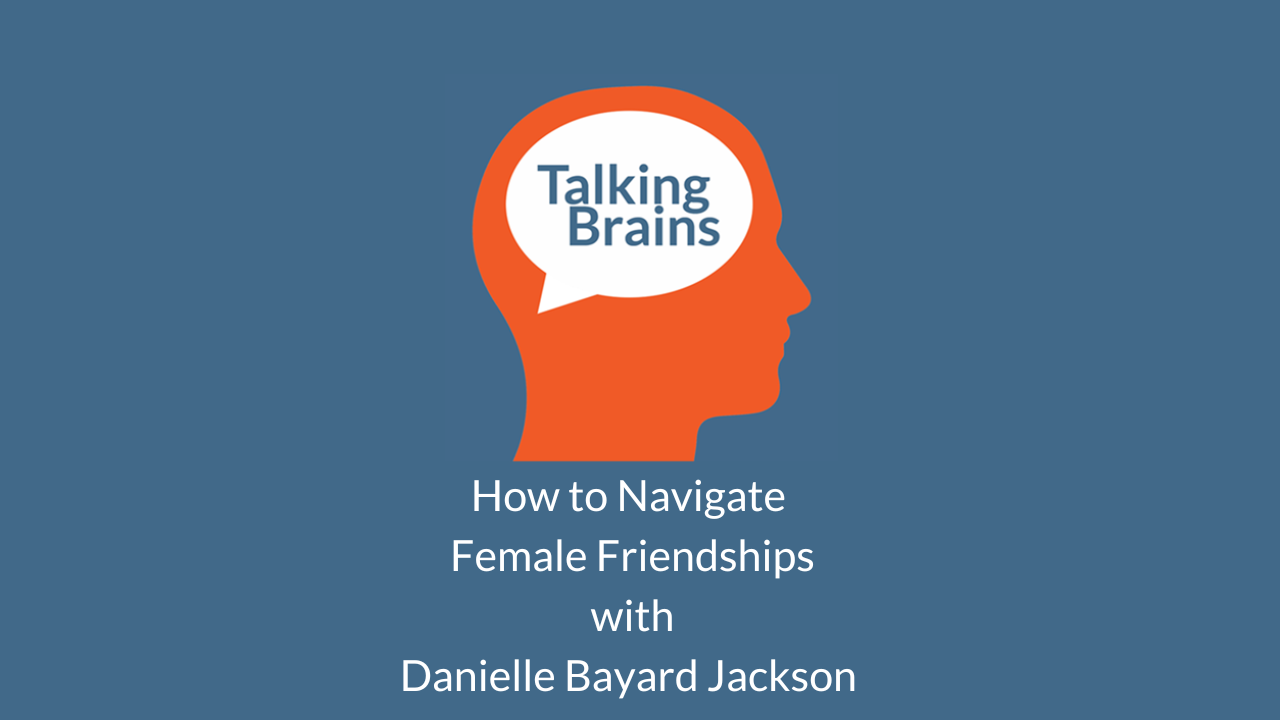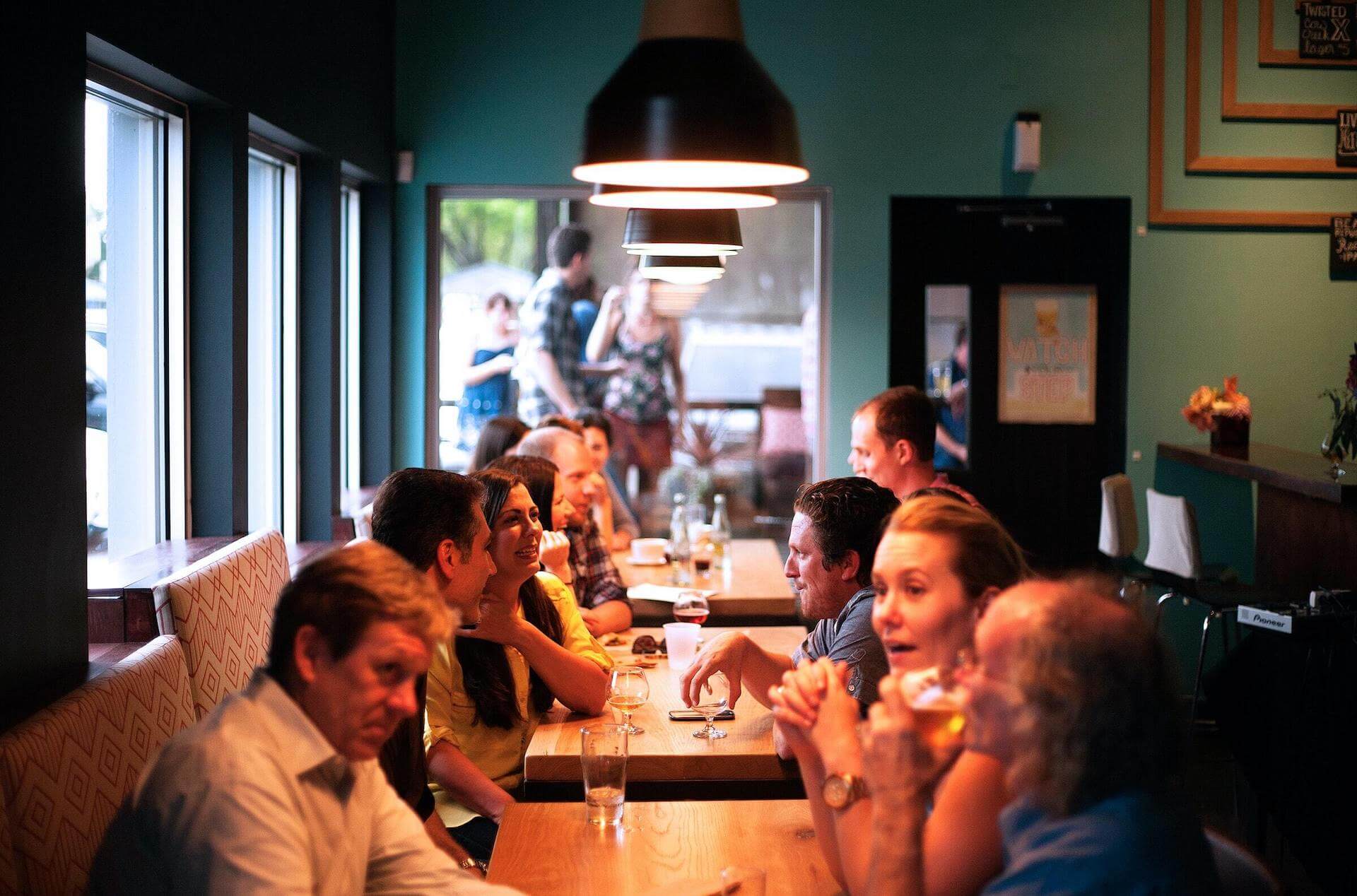Over 3,000 people in the U.S. over 45 years of age were surveyed in a study of loneliness (sponsored by AARP). The survey measured loneliness using the UCLA Loneliness Scale. Participants who scored 44 points or more were defined as “lonely”, while those scoring 43 or less were defined as “not lonely”.
(My bullet points aren’t working. I like bullet points. Oh well.)
35% of survey respondents met the criteria for being lonely.
Of those respondents, 4 out of 10 (or 45%) said they had been lonely for 6 years or more.
37% of men and 34% of women were lonely.
Coping Strategies and Loneliness
Lonely people were more likely to cope with feelings of loneliness by:
Watching television
Going out by themselves
Smoking
Eating
Shopping
Drinking
Sleeping
Surfing the Internet
Lonely people were also more likely to use drugs to cope with loneliness than non-lonely people (5% vs. <1%).
Non-lonely people were more likely to cope with feelings of loneliness by:
Attending religious services
Working on a hobby or personal interest
Going out with family or friends
Talking to a friend or relative
Lonely and non-lonely people were equally likely to cope with loneliness by:
Keeping a journal
Taking a walk
Going to a bar or club
Predictors of Loneliness
Lonely people were more likely to:
Be younger (45 to 49 years old)
Have less sex
Get less sleep
Make less money
Have more health issues (Drug use – #1 most lonely health issue)
Non-lonely people more likely to:
Be older (70 years or older)
Sleep 8 to 10 hours a night (71% vs. 29%)
Have sex at least once a week or a few times a month (75% vs. 24%)
Describe themselves as “very religious or spiritual” (73% vs. 27%)
Has a spouse or partner who accesses email or the Internet daily (74% vs. 26%)
Volunteer (72% vs 28%)
Belong to a local community organization, club or group (74% vs. 26%)
Have 5 or more people with whom they discussed personal issues
Be married (70% vs. 29%)
Lonely and non-lonely people had comparable levels of education.
Loneliness and Medical Issues
People that were lonely were more likely to rate their health as “poor” (46% non-lonely vs. 54%).
Across all medical issues, people with cancer had the lowest rate of loneliness (76% non-lonely vs. 24%), while those with drug abuse had the highest rate of loneliness (37% non-lonely vs. 63%).
Roughly 60% of people diagnosed with anxiety, depression, or another mood disorder were lonely.
45% of people with a sleep disorder were lonely.
To sum it up, having human contact does seem to decrease loneliness. Even just surrounding yourself with people in an organized setting (such as a club or organization) helps.
Citation:
Wilson, C. & Moulton, B. (2010). Loneliness among older adults: A national survey of adults 45+. Prepared by Knowledge Networks and Insight Policy Research. Washington DC: AARP.
http://assets.aarp.org/rgcenter/general/loneliness_2010.pdf
(Disclaimer: I’m not related to this Moulton. Not that I’m aware of, anyway.)





